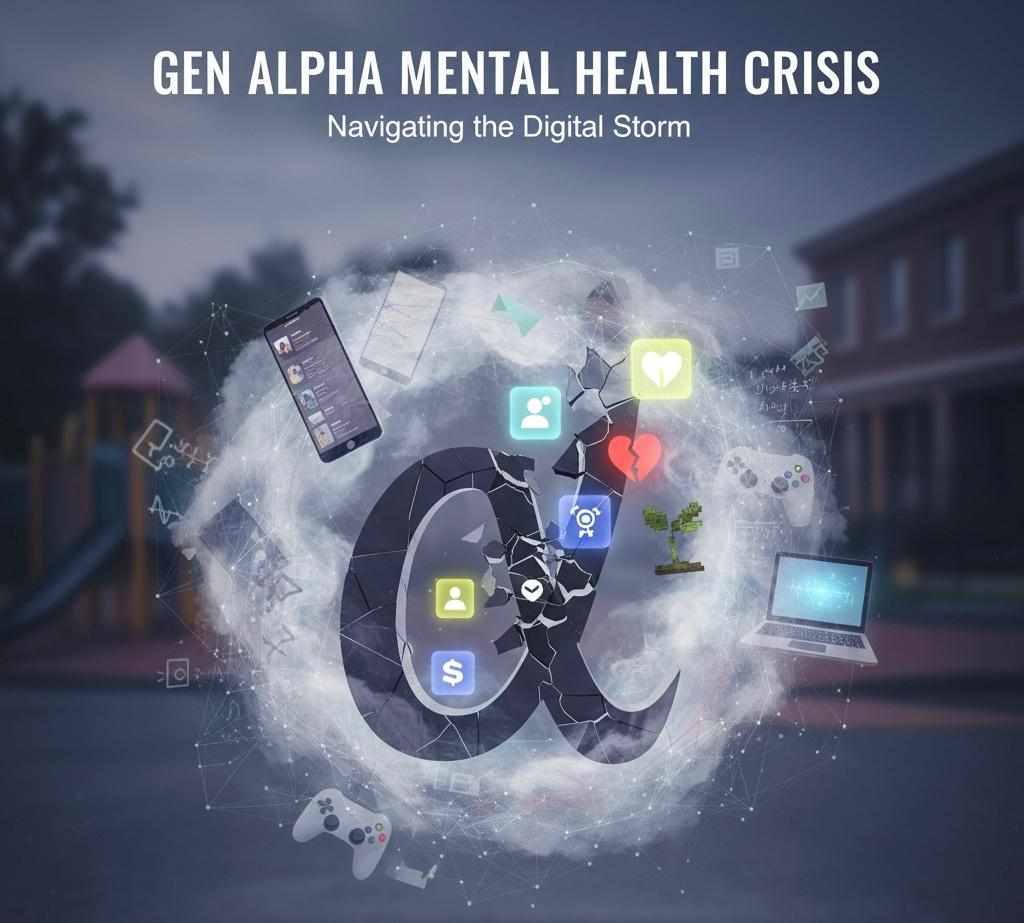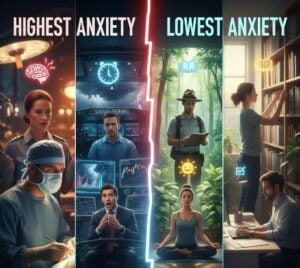Anxiety disorders represent one of the most common mental health conditions worldwide, affecting millions of individuals. In Australia, as in many other countries, anxiety disorders significantly impact individuals’ quality of life, prompting a need for effective treatment strategies. Medication, alongside therapy, plays a crucial role in managing anxiety symptoms for many people. This article explores the various types of anxiety medication, their efficacy, and considerations for use, drawing upon scientific sources to provide a comprehensive overview.
Types of Anxiety Medication
Selective Serotonin Reuptake Inhibitors (SSRIs): SSRIs are the most commonly prescribed medications for anxiety disorders. They work by increasing serotonin levels in the brain, which can improve mood and reduce anxiety. SSRIs, including sertraline (Zoloft) and escitalopram (Lexapro), are favoured for their relatively favourable side-effect profile compared to older antidepressants (Bandelow, Zohar, Hollander, Kasper, & Möller, 2008).
Serotonin-Norepinephrine Reuptake Inhibitors (SNRIs): SNRIs, such as venlafaxine (Effexor) and duloxetine (Cymbalta), function by increasing both serotonin and norepinephrine levels in the brain. They are used for generalised anxiety disorder (GAD), social anxiety disorder, and panic disorder (Bandelow et al., 2012).
Benzodiazepines: These medications, including diazepam (Valium) and alprazolam (Xanax), are fast-acting sedatives that can quickly reduce anxiety symptoms. However, due to their potential for dependence and withdrawal, benzodiazepines are generally recommended for short-term use or specific situations rather than as a first-line long-term treatment option (Baldwin, Aitchison, Bateson, Curran, Davies, Leonard, Nutt, Redfern, & Wright, 2013).
Tricyclic Antidepressants (TCAs): While older than SSRIs and SNRIs, TCAs like imipramine (Tofranil) are effective for treating panic disorder, GAD, and other anxiety disorders. Their use is often limited by side effects, making them a secondary choice when SSRIs or SNRIs are not effective (Baldwin et al., 2005).
Beta-Blockers: Although not primarily used for anxiety, beta-blockers such as propranolol (Inderal) can help manage physical symptoms of anxiety, such as rapid heartbeat and tremors, especially in social anxiety or performance situations (Stein, Stein, 2008).
Efficacy and Considerations
The efficacy of anxiety medication can vary widely among individuals, with factors such as the specific anxiety disorder, co-occurring conditions, and individual biological differences playing a role. A meta-analysis by Bandelow et al. (2015) suggests that while medication can be highly effective for many, there is no “one-size-fits-all” solution, and treatment often requires careful tailoring to the individual’s needs.
One of the primary considerations in prescribing anxiety medication is the balance between benefits and side effects. For example, SSRIs may cause side effects such as gastrointestinal disturbances, insomnia, or sexual dysfunction, which can affect adherence to the medication (Serretti & Mandelli, 2008).
Additionally, the potential for dependence and withdrawal with benzodiazepines necessitates cautious prescribing and monitoring, particularly for individuals with a history of substance abuse (O’Brien, 2005).
Conclusion
Anxiety medication, as part of a comprehensive treatment plan that may include therapy and lifestyle changes, can significantly improve the quality of life for those suffering from anxiety disorders. The choice of medication, its dosage, and the duration of treatment should be carefully considered by healthcare professionals in collaboration with their patients, taking into account the individual’s specific needs, concerns, and medical history.
References
- Bandelow, B., Zohar, J., Hollander, E., Kasper, S., & Möller, H.J. (2008). World Federation of Societies of Biological Psychiatry (WFSBP) guidelines for the pharmacological treatment of anxiety, obsessive-compulsive and post-traumatic stress disorders – first revision. World Journal of Biological Psychiatry, 9(4), 248-312.
- Bandelow, B., et al. (2012). Efficacy of treatments for anxiety disorders: A meta-analysis. International Clinical Psychopharmacology, 27(3), 145-155.
- Baldwin, D.S., Aitchison, K., Bateson, A., Curran, H.V., Davies, S., Leonard, B., Nutt, D.J., Redfern, J., & Wright, S. (2013). Benzodiazepines: Risks and benefits. A reconsideration. Journal of Psychopharmacology, 27(11), 967-971.
- Stein, M.B., Stein, D.J. (2008). Social anxiety disorder. Lancet, 371(9618), 1115-1125.
- Serretti, A., Mandelli, L. (2008). Antidepressants and body weight: A comprehensive review and meta-analysis. Journal of Clinical Psychiatry, 69(10), 1556-1569.
- O’Brien, C.P. (2005). Benzodiazepine use, abuse, and dependence. Journal of Clinical Psychiatry, 66(Suppl 2), 28-33.
How to get in touch
If you or your patient/NDIS clients need immediate mental healthcare assistance, feel free to get in contact with us on 1800 NEAR ME – admin@therapynearme.com.au.







